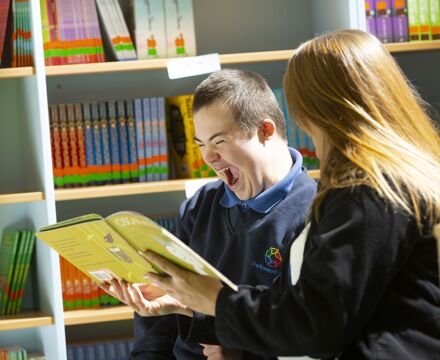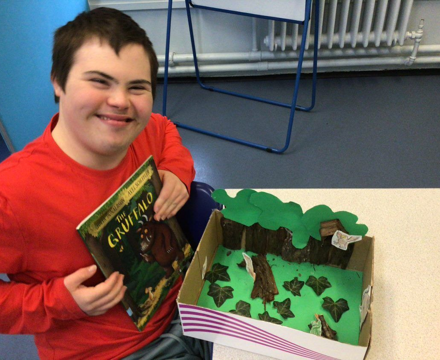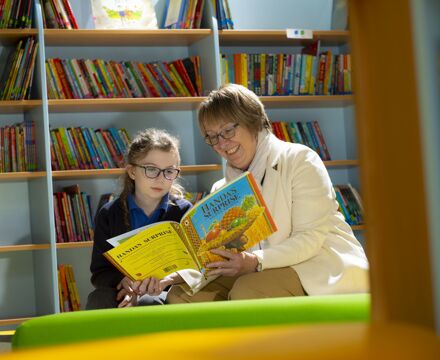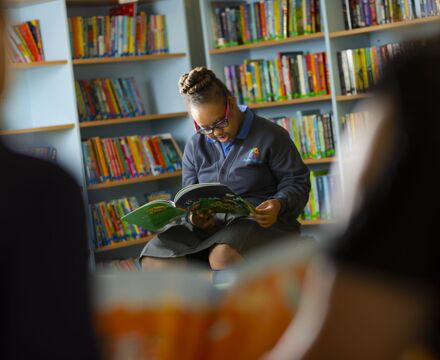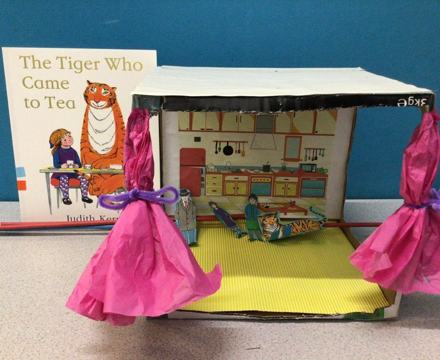- Home
- Teaching & Learning
- Subject Areas
- Literacy (Words for Living)
Literacy (Words for Living)
Back
The curriculum for English is central to students’ development, attainment and progress. Students’ development in terms of their ability to communicate -whether through speech, writing or non-verbal gesture- is crucial to their engagement in understanding the world around them. The curriculum is designed to give students a broad, balanced and relevant experience; ensuring their individual needs are being met in an engaging learning environment. It takes account of the differing needs and experiences of our students and promotes high aspirations for all students in whichever learning pathway they are following at Parkwood Hall.
Aims of our Literacy (Words for Living) Curriculum
- To reflect the school’s values and philosophy to teach and learn the English language.
- To deliver a broad, balanced and relevant curriculum, at a level appropriate to the students’ attainment.
- To set out the school’s intentions and approach to reading, in order to enrich and support the curriculum.
- To develop skills at individual levels to help students make sense of their environment.
- To provide a framework for and guidance on planning, teaching and assessment.
- To enable students to use all forms of literacy in a functional way.
- To help students enjoy reading and writing and understand its purpose.
- To take into consideration the developmental stage, age and learning style of individual students and ensure that appropriate learning objectives are set.
- To develop every student’s self-confidence and self-esteem, by giving them enjoyable and positive learning experiences.
- To ensure that, where appropriate, students achieve accreditation in English through external awarding bodies.
- All students will have acquired functional reading and writing skills to the maximum of their ability.
- Some students will have achieved accreditation in English.
- A few students will have developed a broader knowledge and understanding in literature and wider forms of writing.
Read Write Inc (Phonics)
We use the highly successful Read Write Inc. Phonics programme to teach our children to read, write and spell.
- To visit the parent pages on the Ruth Miskin Training website, please go to: https://www.ruthmiskin.com/en/parents-copy-2/
- To visit Oxford Owl (more help for Read Write Inc), please visit: https://home.oxfordowl.co.uk/reading/reading-schemes-oxford-levels/read-write-inc-phonics-guide/
- To watch phonics videos using Set 1, 2 & 3 sounds, please visit: https://www.youtube.com/c/RuthMiskinTrainingEdu/videos
What is Read Write Inc?
Read Write Inc (RWI) is a phonics complete literacy programme which helps children learn to read fluently and at speed, so they can focus on developing their skills in comprehension, vocabulary and spelling.
It is a systematic synthetic phonics scheme. Children learn the English alphabetic code: first they learn one way to read the 40+ sounds and blend these sounds into words, then learn to read the same sounds with alternative graphemes. This scheme has been developed by Ruth Miskin who is a government advisor on the teaching of reading and literacy.
We have adapted the approach to meet the needs of our SEN learner e.g. ensuring the comprehension questions are accessible for all.
RWI was developed by Ruth Miskin and more information on this can be found at: https://www.ruthmiskin.com/en/parents-copy-2/
How will Read Write Inc be taught?
All children are assessed regularly by our RWI lead teacher, so they work with students at the same level. This supports complete participation in lessons.
Set 1
When appropriate, students will be introduced to the initial sounds in short sessions. To begin with we learn a sound a day. We use pure sounds so that your child will be able to blend the sounds into words more easily. e.g. mmaisie mmmountain is morphed into m, t-t-t-tower is morphed into t.
 Students will learn how to ‘read’ and 'write' all of the sounds in Set 1 and then taught how to blend these into words. Fred the frog helps the children to blend the sounds together which is then used to help students to read. The teachers will often use the phrase 'Fred talk' to sound out words.
Students will learn how to ‘read’ and 'write' all of the sounds in Set 1 and then taught how to blend these into words. Fred the frog helps the children to blend the sounds together which is then used to help students to read. The teachers will often use the phrase 'Fred talk' to sound out words.
Students take part in lessons daily progressing to reading books. They also learn how to spell ‘red words’ (words that cannot be sounded out).
Set 2
Students follow the same format as Set 1 but will work on complex sounds (Set 2 and 3 sounds) and read books appropriate to their reading level. Daily sessions of RWI phonics last for 45 minutes.
Once your child knows all Set 1 sounds by sight and sound and uses them to blend to read words, we start teaching Set 2 initially and then Set 3 long vowel sounds. Your child will need to learn that most vowel sounds have more than one spelling.
There are twelve Set 2 ‘speed sounds’ that are made up of two or three letters which represent just one sound, e.g. ay as in play, ee as in tree and igh as in high. It is important that your child does not pronounce these as 2 or 3 separate sounds. When your child sees the ‘speed sound’ letters together in a word, they must say just one sound for these letters.
Students then move on to our language and literacy groups to support and develop: reading, language, vocabulary, retrieval and comprehension.
Set 1 sounds are taught in the following order together with rhymes to help students form the letters correctly and instantly recognise sounds ready for blending.
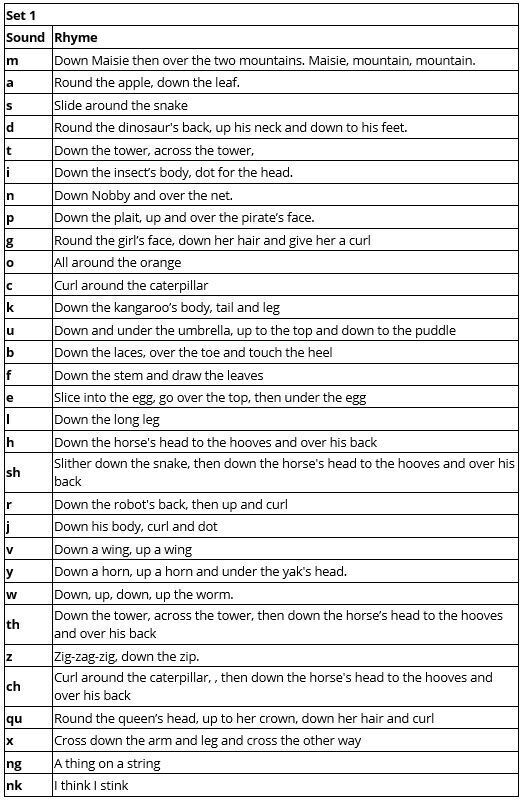
The students are then taught Set 2 Sounds - the long vowels. When they are very confident with all of set 1 and 2 they are taught Set 3 Sounds.
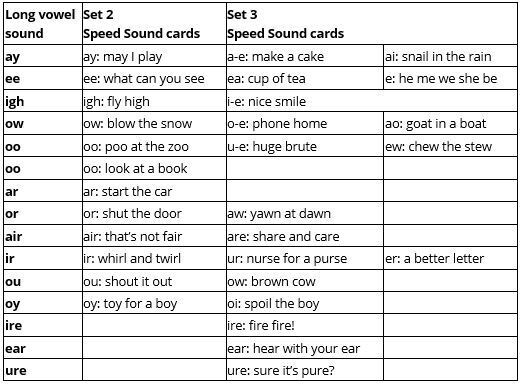
How to say the sounds:
https://www.youtube.com/watch?v=yln6PpV1G1I
Colour groups:
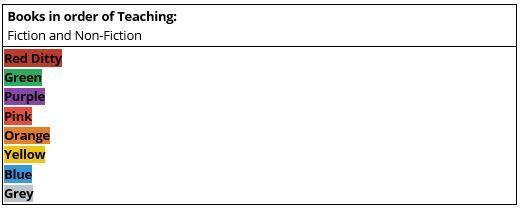
Support for Parents/ Carers
A list of Parent Frequently Asked Questions about Read Write Inc can be found here.
Oxford Owl has lots of free Read Write Inc. Phonics resources to help your child continue learning, including eBooks, practice sheets, Ditty sheets, slideshows, and parent films.
Follow the link to sign up: https://www.oxfordowl.co.uk/
Read Write Inc Fresh Start (Phonics)
Read Write Inc. Fresh Start is a successful intervention programme developed by Ruth Miskin for older children. It is a synthetic phonics-based approach with the texts being aimed at older children but whilst still following the same sound teaching steps as Read Write Inc.
For an overview of the Read Write Inc. Fresh Start programme follow this link: https://www.youtube.com/watch?v=9cP_YcLqLEM
Students accessing this programme also work through a graded writing approach to develop their reading, comprehension and writing. The writing books are progressive and linked to the reading Anthologies to ensure the appropriate level of scaffolding and challenge is provided.
Anthologies will be sent home with students to ensure they continue to practice their reading.
Reading Language & Intervention Programme
Reading and Language Intervention (RLI) See and Learn is a sight reading programme used at Parkwood Hall. We have two RLI trainers at Parkwood Hall and they deliver training and cascade information down to staff who are delivering the programme.
For more information you can visit the website: https://www.down-syndrome.org/en-gb/resources/teaching/rli
What is RLI?
RLI Language and Reading is designed to teach our students early vocabulary, sight words, simple phrases and sentences, and grammar rules. Learning to read using this method offers the students concrete, visual representations of language concepts to support the development of their spoken language skills.
How is RLI taught?
Reading strand session structure:
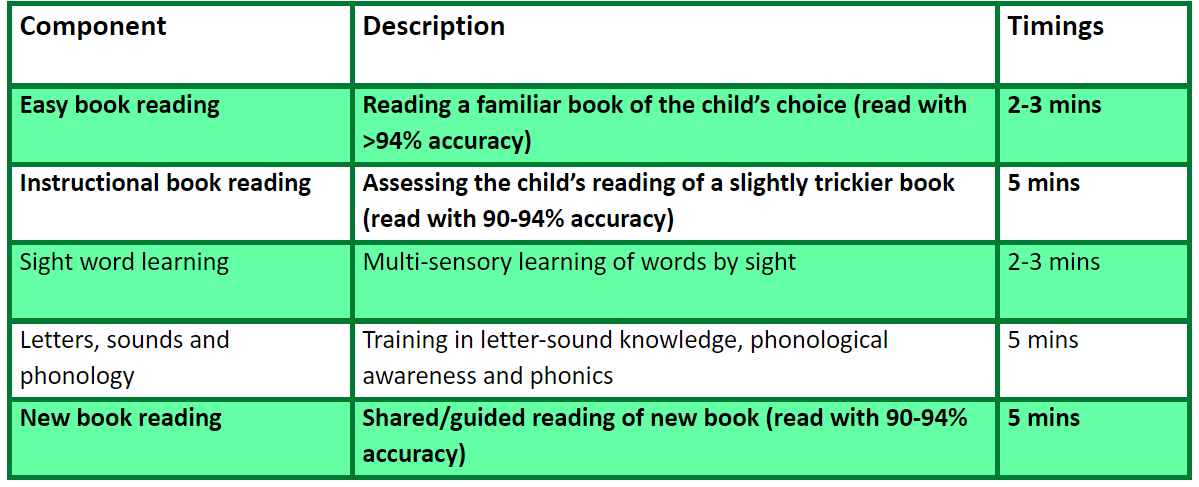
- Students always begin their session reading their Easy book, this ensures students feel confident and practice previously taught work.
- Students will then read their instructional book; they should be able to read between 90-94% of this book, but this will be more tricky.
- Students will be taught their sight words, this will be words relevant for the child to learn, linked to their topic, from the high frequency word list or from the Parkwood Hall Functional Words list.
- If students have enough words they will learn letters, sounds and phonics.
- Students are assessed weekly linked to their book level, if they are able to move on to the new book they will do so and their instructional book will become one of their Easy books.
Language strand session structure:

- Introducing and reinforcing meaning of new words.
- Using the new word in expressive language (spoken and wirtten).
- Increase children's breadth of vocabulary (understand and use more words).
- Increase children's depth of vocabulary (understand more about what words they know).
- Students will add to their Topic books to act as a recap of words they have learnt.
- Students will be taught words relevant for the child to learn, linked to their topic, from the High Frequency Word list, from the Parkwood Hall Functional Word list or words chosen collaboratively with the Therapy Team and the Class Teacher.
Below are some examples of activities that might be completed with the students:
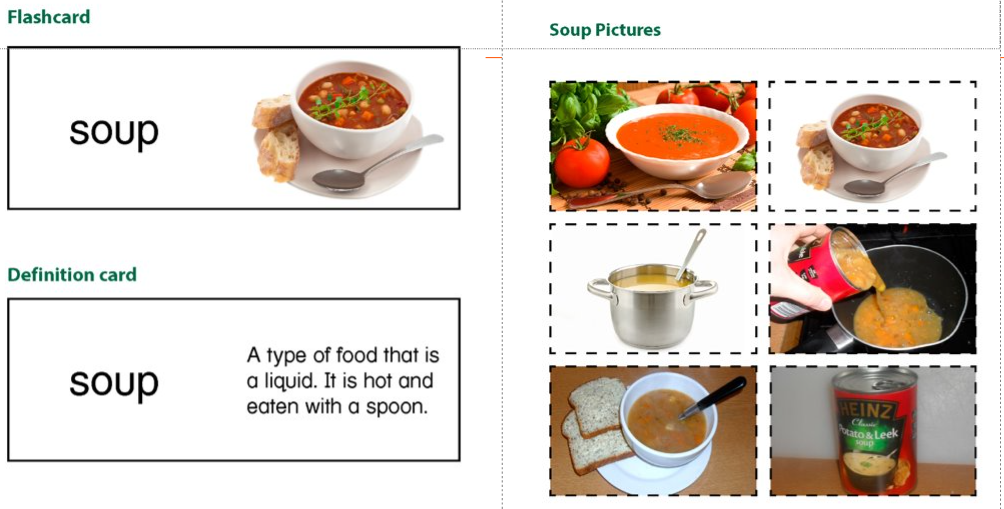
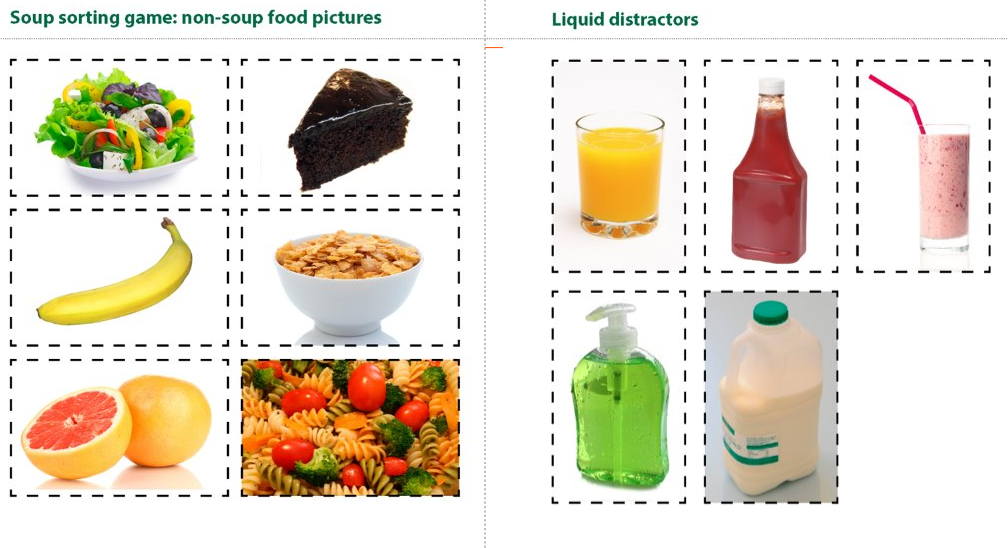
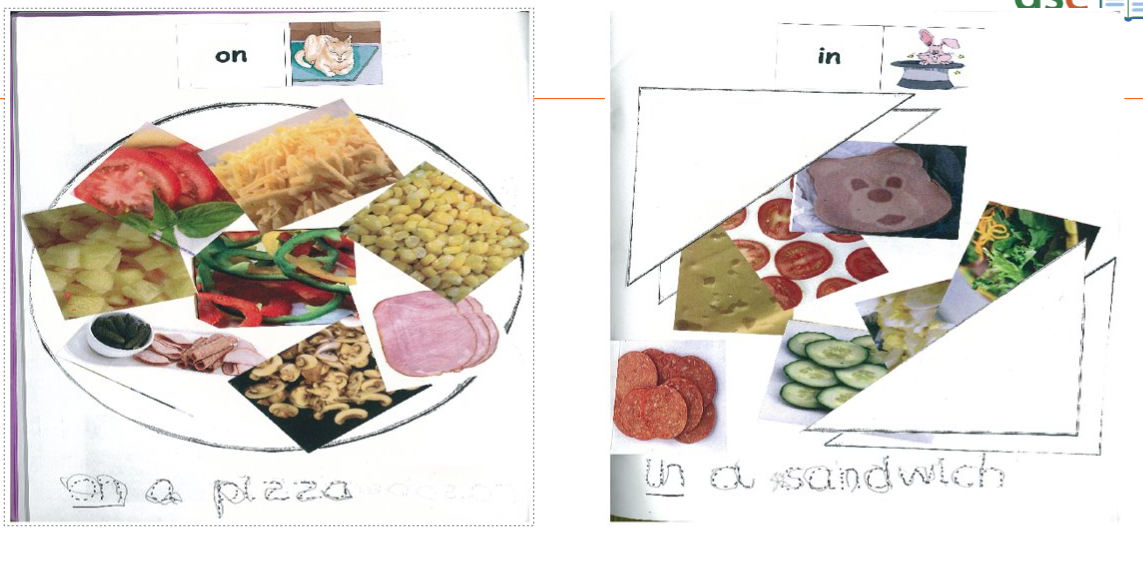
Speech and Language Support:
We work alongside the Speech and Language Therapy Team who support staff in using the language development element. The Therapy Team support with relevant chosen words where appropriate and in collaboration with the Class Teacher.
Sharing:
Once complete, Topic books will be shared with parents, so they can view and consolidate some of their learning. Books at the student’s level are sent home each week with the students.
If parents want to practice their words at home, this is an option.
